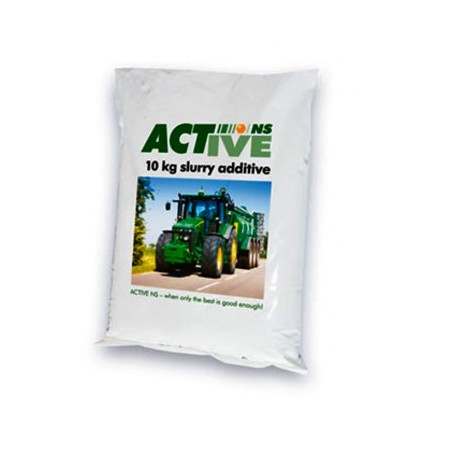Capturing and recycling ammonia from livestock waste is possible using a process developed by U.S. Department of Agriculture (USDA) researchers. This invention could help streamline on-farm nitrogen management by allowing farmers to reduce potentially harmful ammonia emissions and concentrate nitrogen in a liquid product to sell as fertilizer.
The work was conducted by Agricultural Research Service (ARS) scientists Matias Vanotti and Ariel Szogi at the agency's Coastal Plains Soil, Water and Plant Research Center in Florence, S.C. ARS is USDA's chief intramural scientific research agency, and this research supports the USDA priorities of responding to climate change and promoting international food security.

The system uses gas-permeable membranes that are similar to materials already used in waterproof outdoor gear and biomedical devices. Using these materials, the scientists recorded an average removal rate from 45 to 153 milligrams of ammonia per liter per day when manure ammonia concentrations ranged from 138 to 302 milligrams of ammonia per liter.
When manure acidity decreased, ammonia recovery increased. For instance, the scientists were able to recover around 1.2 percent of the total ammonia emissions per hour from manure at pH 8.3. But the recovery rate increased 10-fold to 13 percent per hour for manure at pH 10.0.
In a follow-up study, Vanotti and Szogi immersed the membrane module into liquid manure that had 1,290 milligrams of ammonia per liter. After nine days, the total ammonia concentration decreased about 50 percent to 663 milligrams per liter and acidity increased from pH 8.1 to 7.0. This meant that the gaseous or free ammonia in the liquid—the portion of the total ammonia linked to ammonia emissions--decreased 95 percent from 114.2 to 5.4 milligrams per liter.
The scientists used the same process in 10 consecutive batches of raw swine manure and ended up recovering concentrated nitrogen in a clear solution that contained 53,000 milligrams of ammonia per liter.
Thursday November 1, 2012/ ARS-USDA/ United States.
http://www.ars.usda.gov/






